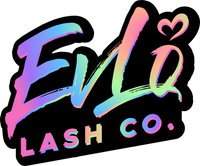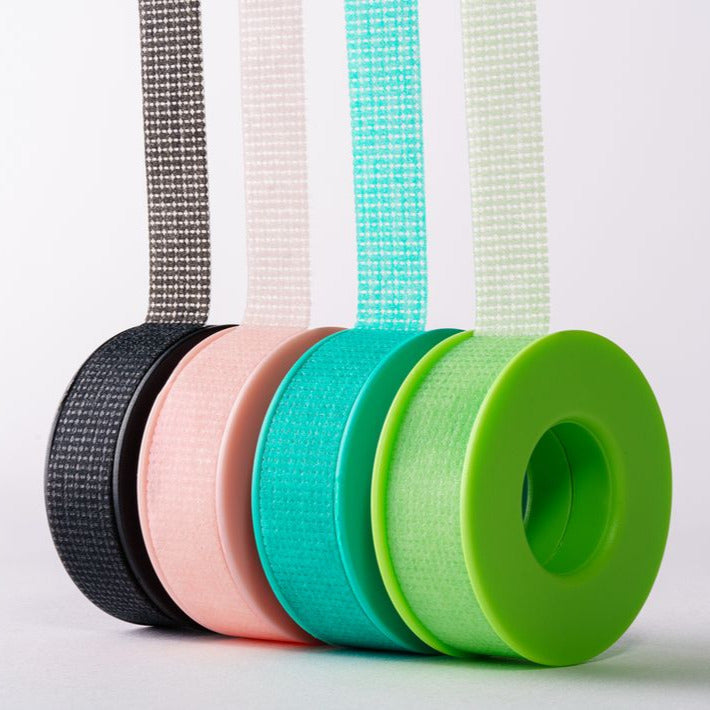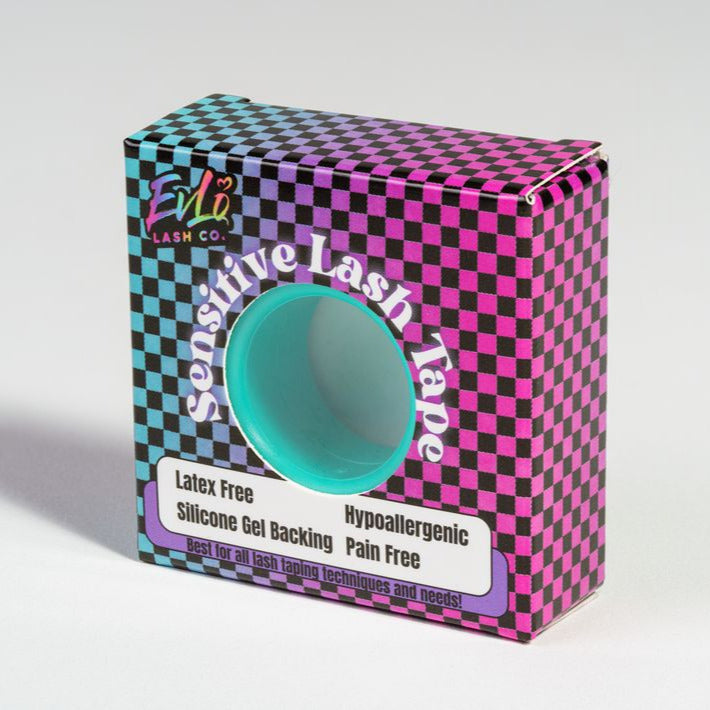Is UV Lashing Safe?

UV Lashing, also known as UV Lash Extensions or Light Cured Lashes, is an innovative method that uses a specialized UV light to cure adhesive instantly during the lash extension process.
This cutting-edge technique offers several advantages over traditional lashing:
- Increased retention of lash extensions
- Instant curing upon UV light exposure
- Humidity and temperature resistant bonds once cured
- Lower risk of allergic reactions
- Faster application time for lash technicians
However, when people first encounter UV Lashing, a common concern arises:
Is UV Lashing safe for both lash technicians and clients?
Yes, UV Lashing Is Safe—When Done Correctly
Like any professional service, safety depends on following the right procedures and using proper tools. Below, we outline the key safety practices to ensure you and your clients remain protected throughout the process.
How to Keep UV Lashing Safe
1. Use the Correct UV Light
Not all UV lights are created equal! Using the wrong light could compromise safety and performance. It’s important to use LED lights specifically designed to cure UV Lash Adhesives. These lights emit UV wavelengths that are safe and effective for lash extensions.
- Recommended UV Wavelengths: Stick to lights that emit between 395nm – 400nm. Avoid any devices that go below 380nm to reduce unnecessary UV exposure.
- Power and Distance Matters: For instance, Halo UV lights (5 watts) are optimized for use at specific distances:
- Halo UV: ~6 inches
- Halo Focus UV: 8-12 inches
- Safety Certificates: Make sure to purchase from a trusted source that provides proof of compliance or independent testing documentation in accordance with national regulations.
💡 Pro Tip: Test your UV adhesive with a small drop on tape before your first application to ensure proper curing with your light.
2. Minimize UV Exposure for Clients
While the UV exposure in lashing is minimal, it’s crucial to follow these safety practices to keep clients comfortable and protected:
- Keep Clients' Eyes Closed: Instruct clients to close their eyes throughout the procedure and never look directly at the light.
- Use UV Blocking Tape: Place this tape over the clients’ eyelids to further reduce exposure.
- Distance Control: Maintain the recommended distance between the UV light and the lashes (e.g., ~6 inches for Halo UV) to ensure effective curing and safety.
- Use Targeted Light Beams: If your UV light has an adjustable aperture, focus the beam only on the lashes being cured. This may allow you to safely increase the distance from the lashes while maintaining efficiency.
- Limit Light Exposure: Only keep the light on as long as necessary for the adhesive to cure. Each curing session typically takes 2-3 seconds per lash. This time varies based on the cure time for your UV Adhesive and your UV Light.
3. Minimize UV Exposure for Yourself (the Lash Artist)
Since the size of the light beam is small and technicians don’t experience regular exposure, the risk of UV exposure for the lash artist is minimal.
However, to ensure maximum protection and reduce eye strain during procedures, we recommend wearing UV400 protection glasses. This precaution adds an extra layer of safety and keeps you comfortable throughout long application sessions.
Understanding UV Lashing Exposure
Concerns about UV exposure often come from the general knowledge that prolonged exposure to strong UV light can be harmful. However, the UV exposure during lashing is extremely minimal and controlled.
- How much UV exposure happens during a full set?
- If each lash takes 2 seconds to cure, and you apply 100 lashes, the total UV exposure is just 3 minutes.
- In fact, spending just 60 seconds in direct sunlight exposes you to more UV than using the Halo System for an entire lash application.
- How does this compare to other beauty services?
- UV nail lamps used during manicures typically emit over 80 watts of UV light for an extended duration, making the UV exposure from UV lashing significantly lower in comparison.
- UV lights in tanning beds, which can operate at 2000 watts and involve over 10 minutes of exposure, are 400 times more powerful than those used in UV lashing.
Conclusion: A Safe and Innovative Lashing Technique
When performed correctly, UV Lashing is a safe, effective, and time-saving option for lash technicians and clients alike. By using the proper equipment, following recommended distances, and limiting UV exposure to brief intervals, you can confidently provide a service that is safer than many other beauty treatments, such as UV nail curing and tanning beds.
As with any professional beauty service, the key to safety is training, proper equipment, and adherence to best practices. With these steps, UV Lashing offers not only enhanced results but also peace of mind for both technicians and clients.
Want to get started UV Lashing?
Get started quickly with the Halo UV Kit or the Halo Focus UV Kit.













Leave a comment